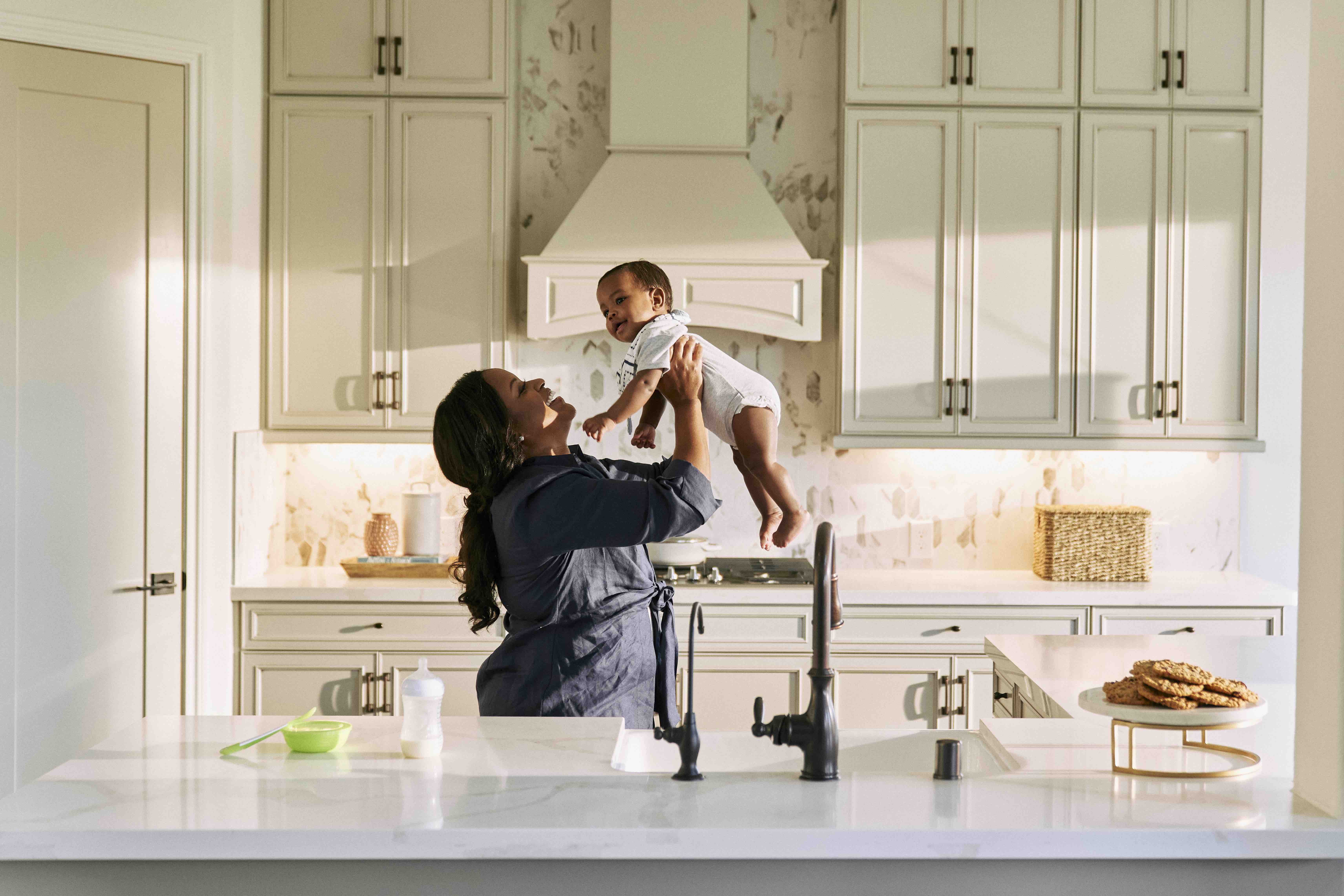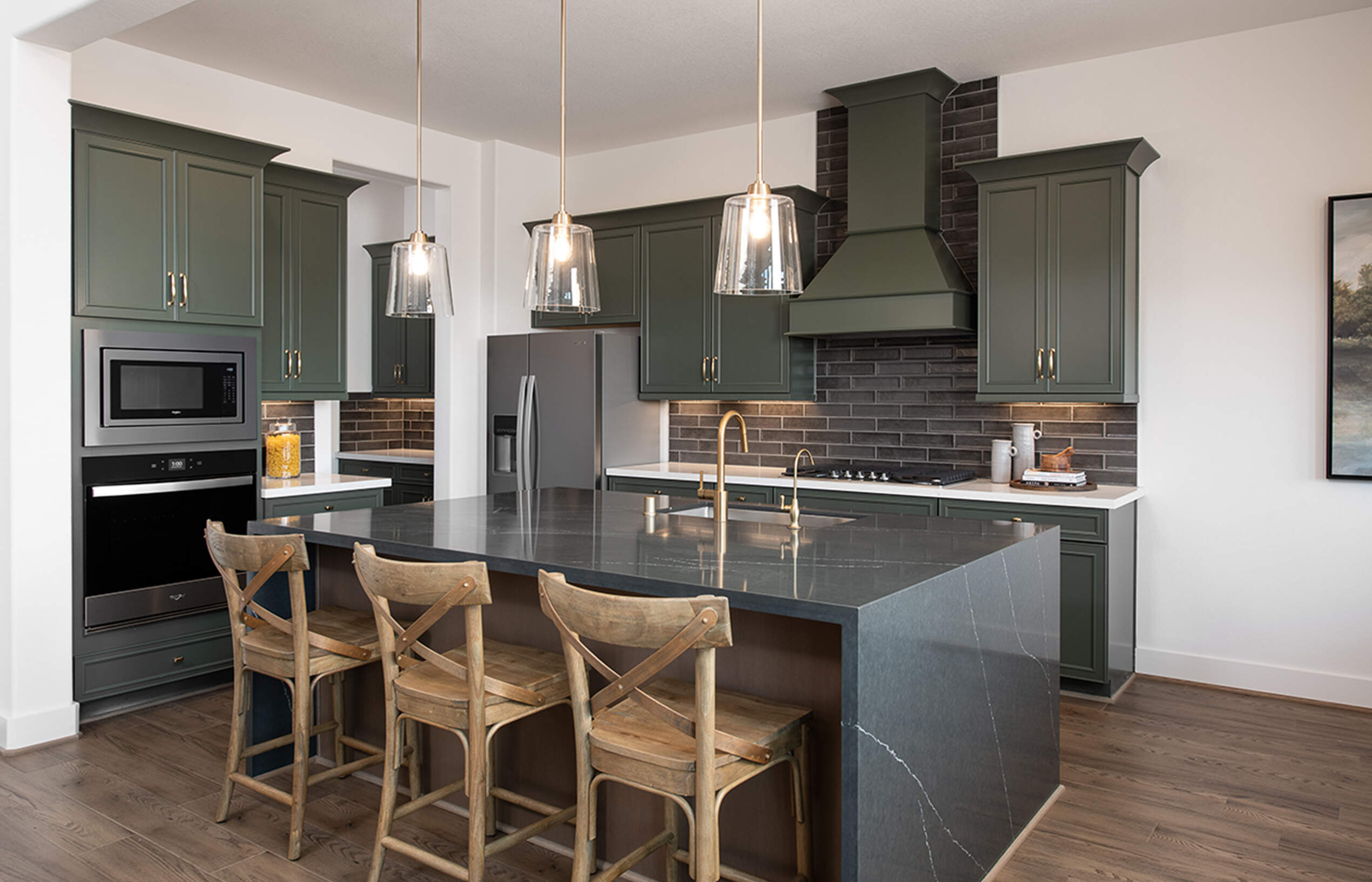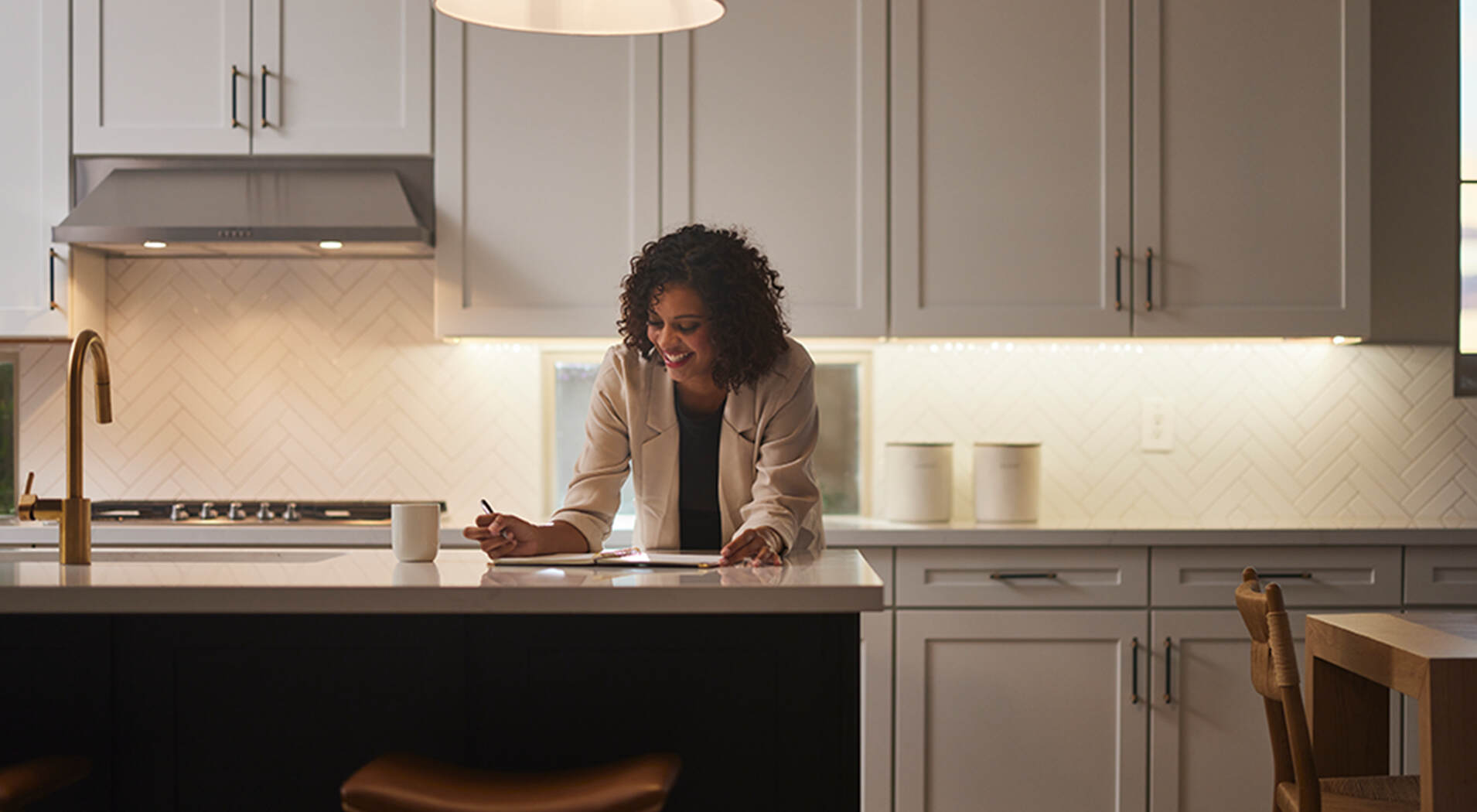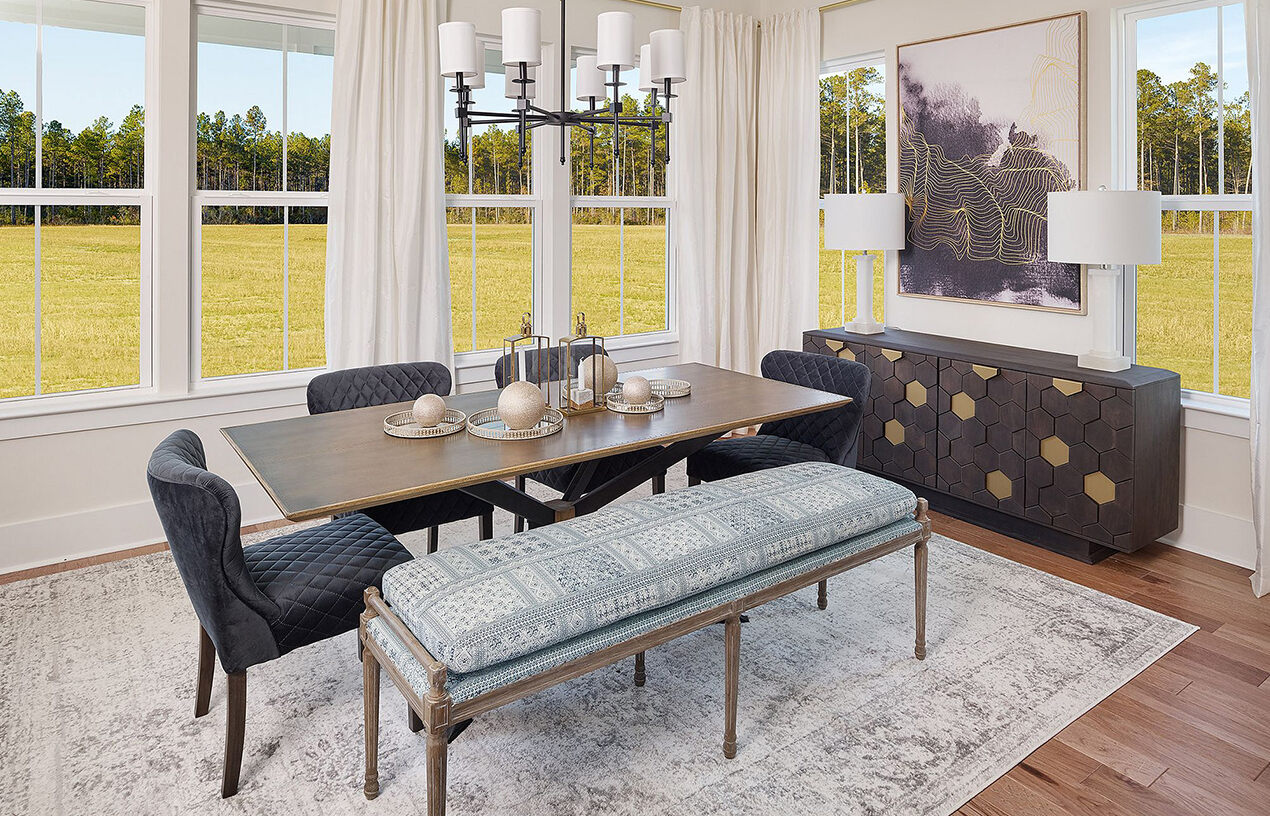I’ve been in residential design for almost 20 years, so naturally friends and family frequently ask me how to decorate their homes. They want advice on what color paint to pick, where to buy a sofa, or what kind of flooring to get. But the best decorating advice I can give has nothing to do with color swatches or hardwood versus carpet.
My best advice? Make your home about you. Not a designer’s personal style. Not HDTV. Not Pinterest. Not HOUZZ. You. This isn’t the advice my friends were hoping for, and it might not be what you were looking for either. But it’s the most important part of decorating your home.
But wait! Before you start decorating, there’s one other thing to keep in mind. Most people make a big mistake when they think about personalizing their home. A very wise designer friend pointed this out to me several years ago and I remember having this Oprah “Ah Ha” moment. You can’t start personalizing your home with decorating. It must start with design.
Décor is about feeling. It’s subjective. The painting that reminds you of your honeymoon in Italy, the throw pillows and lap blanket that make a couch perfect for movie night. Design is about principles. It’s objective. Proper design is the fundamental layer that will make your home feel amazing. There are five basic principles of design that can guide you in choosing the design style and pieces for your home:
1. Balance
This principle is the easiest to visualize. Arrange elements by distributing size and weight equally in a space. It’s all about visual equilibrium. But this doesn’t mean you have to buy two of everything.
Balance can be achieved in two ways, formally and informally: Formal or symmetrical: Think of a scale with two identical objects on each side. Informal or asymmetrical: (This one is my personal favorite!) Think of the scale with one large weight on one side and then three smaller weights on the other.

2. Scale
Many people mix this one up with proportion but once you get the hang of it, you’ll understand how critical it is to good design. Scale, like proportion, is all about the relationship of an object to its surroundings. And the way we gauge it is with our own bodies.
Scale is guided by how we as humans relate to an object. Think about the height of counters and ceilings, the size of chairs and doors. It’s all built for us!

3. Proportion
There is one easy way to distinguish proportion from scale: Remove the human factor. Proportion is how objects work (or don’t) in relation to each other.
In your home, spatially consider how pendant lights relate to your kitchen island or how a large two-story fireplace relates to your family room. In some cases, it’s actually ok to have disproportion if you are trying to highlight or draw attention to one area over another.
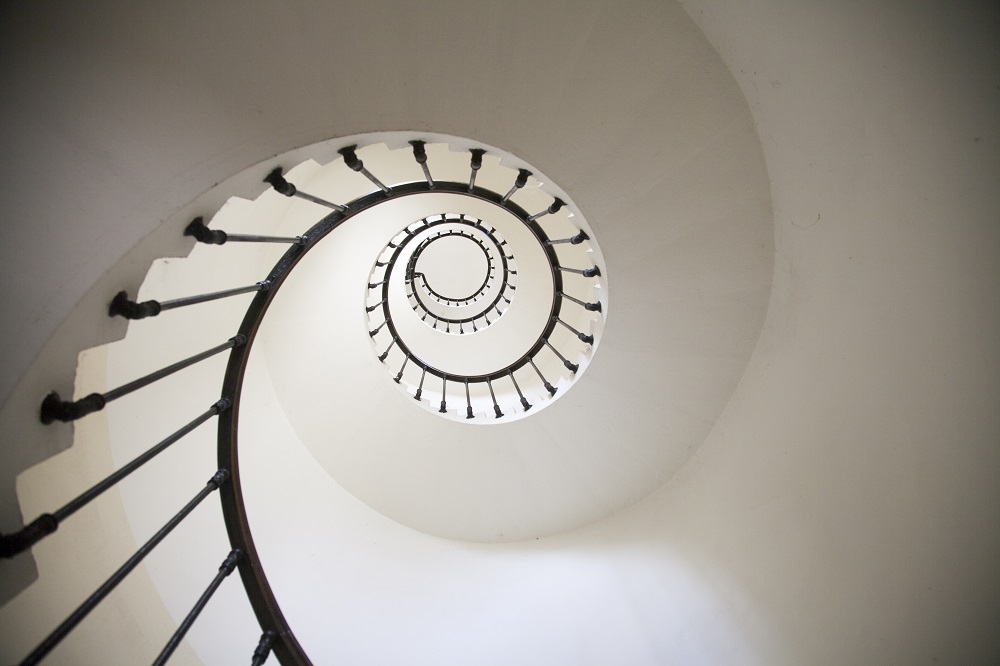
4. Rhythm
Repeat after me. Repeat, repeat, repeat. There it is. Now you know what rhythm is: repetition. It’s like when you hear a song and start clapping along. That’s because there is some kind of repetition happening that makes you want to join in. Good rhythm in design will make you feel the same way. It creates movement.
Rhythm or repetition can be achieved visually by repeating patterns, colors, and texture. It can be really obvious, like a repeating pattern of flooring, or more subtle, like using the same color frames on your walls. It is basically anything that draws your attention to the next thing without disrupting your cadence. It feels good, like a good song.

5. Harmony
I saved the best principle for last. This one is my favorite because it’s all about working together. More specifically, harmony is about how different elements, textures, and varying factors come together. It is a combination of parts; a complement between elements.
Think light and dark, fire and ice, metal and wood, bold and subtle. I love this principle because it allows us to explore options and include all the things we love. We hear this term in music and it offers a good illustration visually too. Think of an orchestra and how the strings section complements the woodwinds and the brass. They are beautiful on their own, but bring them together and it’s symphonic. It’s harmonious.
Now apply this to your home: How does your wood floor work with a stone countertop? Or what does a vase of fresh flowers provide in a room? The answer: harmony.
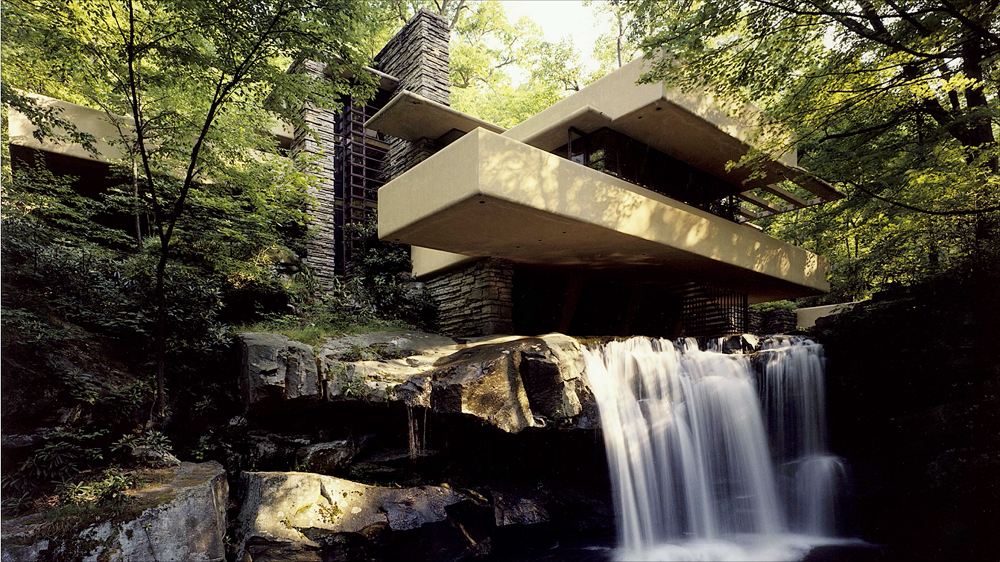
These five principles are a foolproof way to design a beautiful home. They do however require careful consideration. That’s why it’s a good idea to speak to professional interior designers to help you create the perfect space for you and your family.

